Message from Boxer’s Brother
February 20th, 2010
Joe Muscedere, the younger brother of murdered Canadian Bandido president John (Boxer) Muscedere, wasn’t able to attend court to give his victim impact statement in the fall of 2009. He asked me to post it on my website:
Your honor, jury members, people of the court or the Parole board, my name is Joe Muscedere, brother of John Muscedere, also known as Boxer.
What you didn’t hear in this trial, was how my brother John took his factory pay check and provided for Wayne’s [convicted killer Wayne Kellestine's] family when Wayne was in jail on a previous conviction. Making provisions for the same family that Wayne whisked away before the morning of April 8th.
What you didn’t hear in this trial was how the No Surrender Crew [Toronto Bandidos chapter], with their donations, paid up Wayne’s past due mortgage payments so he would not lose his farm house. The same farm house that they would all later be murdered at.
What you didn’t hear in this trial was that Wayne’s motorcycle was a gift from Chopper [Luis Manny (Chopper) Raposo]. Chopper as you all have heard was the first to die, during which Wayne performed his first Deutsch song and dance routine of the night of the killings.
When I decipher the patch’s that these accused wore or tried to wear alongside the No Surrender Crew, the one that stands out the most to me is L.L.R. (Love Loyalty and Respect). I stand here today and know that these accused have never had Love, Loyalty and Respect for anyone or anything. They are liars and a disgrace, with no idea what Love, Loyalty and Respect mean.
During the trial and prior they pointed fingers at each other and everyone else but themselves for self preservation. They don’t care who they bring down or endanger as they try to slither to freedom, as any snake would do.
These crimes were not the result of 8 accumulated errors in judgment or being in the wrong place at the wrong time. They were planned and calculated executions. The executions were deliberate and spanned over 5 hours to complete. During this time they confined these men and tortured them physically, and mentally. Recall the anti-Semetic abuse of [Jamie] Flanz, the dancing to the Deutsch song, the mock kneeling to join in prayer as some prisoners knelt after the first man shot, Chopper bled to death.
I am not here to dimension the hurt this has caused, or the new memories that will be no more, especially with the kids and grand kids. I am sure the other family members you will hear from will do that. I am here to underscore the fact that these were supposed to be friends and brothers not enemies.
They violated the code of brotherhood and friendship as well as committing cold blooded murder.
These murders were a culmination of a life each one of these accused was living that added no value to society. These men only take. Whether it was being a dishonest cop, drug dealer, thug, murderer or sociopath they only took from our society. Now we the people say ENOUGH! You will not take anymore and you will be punished for taking these lives.
If any of these people are released, would they change and add value to society or their families or would they continue to take? Once these criminals officially graduate to their perspective penitentiaries, another trial may start. There is honor even amongst thieves and a code amongst criminals which they have all violated. In other words this behavior isn’t even condoned by hardened prisoners. Why then should we condone it?
My father Domenico was never the same once John died. No one wants to outlive their children. Even though John was laid to rest 50 miles away, my father would visit him often and cry. Thirteen months after John’s death my father died totally unexpectedly. How does extreme sorrow affect a father’s health, state of mind and will to live? I don’t know for sure but I do know it is a heavy weight to carry every day, every moment and every second.
My mother, the kids; Julie, Tereasa, Angelina, Johnny, Steven; the grandkids; Julina, Anthony, Anasia, Rihanna will never have a Son, Dad or Nonno to turn to in times of happiness or sadness and I have lost my big brother. John was a one of a kind; he loved with all his heart and was loved by all of us.
I know why my brother laughed as he faced his final moments. He knew they were all a joke, especially Wayne. John Boxer Muscedere died with his dignity, his honor and his values intact. I will never forget John and always Love him. He was my big brother. I will protect and provide for his family just like he would have done for mine.
Please keep these murderers behind bars and stop them from causing more harm.
-------------------------
About The Book
On the morning of April 8, 2006, residents of the hamlet of Shedden, Ontario, woke up to the news that the bloodied bodies of eight bikers from the Bandidos gang had been found stuffed into cars and trucks by a local farm. The massacre made headlines around the world, and the shocking news brought a grim light to an otherwise quiet corner of the Canadian province. The day after the bodies were discovered, Bandido Wayne “Weiner” Kellestine was arrested for the murders of their own crew in what remains as one of the worst mass murders in Canadian history and the largest one-day slaughter anywhere in the outlaw biker world.
The story of the biker massacre is alternately frightening and pathetic. Like other outlaw bikers, Bandidos portray themselves as motorcycle enthusiasts who are systematically misunderstood and abused by police and feared by the public. However, unlike other biker gangs such as the Hells Angels, who run highly sophisticated criminal empires, the Bandidos were anything but motorcycle enthusiasts—in fact, many of them broke the gang’s cardinal rule of even riding a Harley. Highly disorganized, prone to petty infighting and sabotage of fellow members, and—fatally—dismissive of the warnings of the powerful American leadership, the Canadian club, known as the No Surrender Crew, imploded over one dark night when, one by one, the former brothers were led to slaughter.
Peter Edwards was on the scene as the story broke and has followed the proceedings from the arrests in 2006 to the highly publicized court case in 2009, when all six defendants were found guilty of first-degree murder. He spoke with mass murderer Wayne (Weiner) Kellestine hours after the murders and interviewed outlaw bikers and cops, on the streets and behind bars, to research this story. He also covered the trial of the killers and related trials, from start to finish.
The Bandido Massacre tells, in chilling detail, how Nazi-loving Kellestine betrayed his fellow Bandidos at his farm outside of quiet Iona Station, Ontario; and how Michael “Taz” Sandham, a former theology student and police officer turned biker, found himself in the rafters of Kellestine’s barn with his rifle trained on his former comrades. But The Bandido Massacre also tells the very human side of the story, of John “Boxer” Muscedere, the head of the Toronto Bandidos, who laughed even as he ordered Kellestine to kill him first in a vain attempt to save his brothers; George “Crash” Kriarakis, wounded in the opening volley and shot dead as he sat in a car awaiting a ride to the hospital; and Jamie “Goldberg” Flanz, the only Jewish member of the Canadian crew, made to wait at the end of the line as his brothers were marched out of the barn into the early morning darkness.
As gripping as any crime novel, The Bandido Massacre is the shocking inside story of a crumbling brotherhood bent on self-destruction and betrayal.
-------------------------------
Excerpts
Abbreviated Introduction
THE SHEDDEN MASSACRE WAS NOT THE WORK of criminal masterminds. As a whodunit, the story of the murder of eight members of the Bandidos Motorcycle Club by fellow members in a barn outside London, Ont., could be told in a few sentences. But look at it as a whydunit, and it becomes a mystery of fascinating complexity. Not even outlaw biker insiders have an easy answer for this. Police, family members, even rival gangs can only shake their heads.
On the surface, the slaughter is patently absurd. In order to gain control of the club in Canada, the killers destroyed it. Instead of expediting their dreams of wild freedom and rough-hewn glory, the crimes quickly landed the ambitious Bandidos in prison. It was as though the killers were fighting for a bigger share of nothing. An agonizing irony is that several of their victims secretly wanted to quit the club anyway, but stayed on under the threat of violence. All they would have had to do was hand in their patches, and all the men who converged on Wayne Kellestine’s blighted farm near the hamlet of Shedden on the night of April 7, 2006 – both the betrayers and the betrayed – would today be leading the lives they dreamed of. But some shared underworld code doomed them all. Because the unfolding of this tragedy is so pointless, the why is that much more poignant.
During the more than three years of interviews and trial coverage to prepare The Bandido Massacre, I often thought of the irony of how many rules it takes to run a club devoted to freedom and life outside the law. In the end, the Bandidos were as bound by rules as the rest of us, perhaps more so. As I typed what appears here, I couldn’t help thinking of the lyrics of Bob Dylan’s “Gotta Serve Somebody,” where he notes everyone, barbers to presidents, inevitably ends up serving someone or something. He could have added outlaw bikers to his list.
Perhaps the best explanation I could find for the carnage that came to light in Shedden comes from the writings of cultural anthropologist Ernest Becker. He wrote in his Pulitzer Prize-winning book The Denial of Death that much of what men do – from fathering children to attempting to produce timeless art to death-defying acts of heroism – is an attempt to win some illusion of immortality. Becker argued men routinely join groups where they can feel uplifted by shared heroic dreams, and which promise an intoxicating rush of power and heroism. Some join sports teams, political parties, faculty clubs, fraternities or religious sects, while some write books. Others, like the men who met at midnight at Kellestine’s barn, join outlaw motorcycle clubs.
Chapter 1
Church
It is now dead midnight.Cold fearful drops stand on my trembling flesh. Richard III, Act 5, Scene 5
Kill ‘em all, let God sort it out - Sign in Wayne (Weiner) Kellestine’s window
JAMIE (GOLDBERG) FLANZ DIDN’T SUSPECT A THING when the surveillance car slipped behind his luxury sport utility vehicle as he drove out of Keswick, north of Toronto. With him in the grey Infiniti FX3 was Paul (Big Paul) Sinopoli, a gargantuan full-patch member of the Bandidos Motorcycle Club, and when Big Paul was around, it was hard to notice anything or anybody else, since he all but blocked out the sun.
Flanz had just been a prospect member of the Bandidos, the lowest rung on the club’s ladder, for six months. His lowly status meant he was required to be on call for round-the-clock errands like fetching hamburgers and cigarettes or chauffeuring full members like Big Paul. Prospective members like Flanz generally performed such grunt work without complaint, in hopes that they too would someday be allowed to wear a “Fat Mexican” patch on their backs to announce that they were full members in the second-largest motorcycle club in the world, behind only the Hells Angels.
Given their difference in rank, it made sense that Flanz had the chore of driving Big Paul to the emergency club meeting at Wayne (Weiner) Kellestine’s barn in tiny Iona Station (population 100) in rural southwestern Ontario on the evening of Friday, April 7, 2006. Club meetings were called “church,” “holy night,” “the barbecue” or “dinner,” and attendance at this particular gathering was mandatory, much to Big Paul’s chagrin. Weiner Kellestine’s barn was a couple hours’ drive from the Greater Toronto Area, where most chapter members lived, and Big Paul was only attending because senior members had made it clear that if he didn’t, he would likely be kicked out of the club.
The York Regional Police surveillance team had been quietly tailing Flanz and Big Paul for almost four months, since shortly after a man walking his dogs in neighbouring Durham Region on December 8, found the body of a small black male bound, gagged and badly burned in a forested area near the York-Durham Region Line. The grisly corpse was all that remained of small-time drug dealer Shawn Douse. The reason Flanz and Big Paul were on the police radar was a simple one: the last time Douse was seen alive, he was stepping out of a cab late on the night of Saturday, December 2, to attend a party at a townhouse in Keswick owned by Flanz.
In many respects, Goldberg Flanz seemed an unlikely target for a police surveillance crew probing a particularly grubby and violent murder. With his shaved head, goatee, pirate-styled hooped earring and muscled-up football lineman’s physique, Flanz looked intimidating enough. However, if you stopped to look into his eyes, the tough-guy effect quickly evaporated. Once you saw his smile and his eyes, his bruiserish appearance seemed nothing more than a carefully constructed persona, much like the performance of his namesake, the professional wrestler Goldberg. He was only playing tough.
Flanz was the rare Toronto-area outlaw biker who didn’t have blue-collar roots or a trade that involved soiling his hands. In real life, he had far more money and social status than his biker mentor, Big Paul. Flanz’s father, Leonard, was a senior partner in a prestigious Montreal law firm, specializing in insolvency cases, while Goldberg ran a small computer consulting business that provided on-site technical support to companies. While most of the Ontario Bandidos didn’t qualify for credit cards and lived on the brink of having their cellphones cut off, Goldberg owned a couple of properties, one for his real family and another as a hangout for his Bandido friends. His “Goldberg” nickname was a not-so-subtle reminder that he was Jewish, which also made him an odd fit in his circle of friends in the outlaw biker work. It was hard to think of any other Jews in Canada’s outlaw biker world, but there were hardcore anti-Semites, including the man they were going to visit that night, Weiner Kellestine, who once ran a gang called the Holocaust.
Weiner Kellestine was under two lifetime weapons bans, but remained an enthusiastic collector of Nazi memorabilia and military weapons, including machine guns, pistols, bayonets, knives and explosives. He encouraged rumours that he was a biker assassin by signing his name with lightning bolts resembling the insignia of Adolf Hitler’s Schutzstaffel, the Nazi murder squad more commonly referred to as the SS. Lest that not be unsettling enough, Kellestine surrounded himself with skinhead white supremacists and once cut a massive swastika onto his farm field with a scythe. He ran a business called Triple K Securities, a not-so-subtle nod to the initials of the Ku Klux Klan. Triple K offered “complete electronic privacy,” “telephone taps,” electronic sweeps for hidden recording devices and “discreet professional service.” When he gave Goldberg a business card, Kellestine wrote “SS” on the back with his phone number.
Many members of the Bandidos are considered by police to be criminals, but there was no sound business purpose for Flanz to be cozying up to the Bandidos. Truth be told, the Toronto Bandidos may have had the ambition, but most of the profitable crime was being committed by other groups, who worked hard at being criminals. Part of Goldberg Flanz’s appeal to the Toronto-area Bandidos was that they could borrow money from him. The attraction the Bandidos held for Goldberg was harder to define. He might be a whiz with computers and have solid business sense, but he saw himself as more complex than that, and something about the dangerous image of an outlaw motorcycle club appealed to him in a way he couldn’t fully understand.
Aside from Kellestine, most of Goldberg Flanz’s Greater Toronto Area biker buddies didn’t have a problem with the fact that he was a Jew. They might have cringed, however, had they read his profile in an Internet chat room, where he looked for love under the code name BigDaddyRogue. At the very least they would have teased him mercilessly, had they read how he wrote, using horrible grammar and spelling: “If you are stong [sic] enough to love you have more strength then most. I have that strength, the will, and the confidence to give what I expect in return. IM a diehard romantic who beleives in giving all of HImself when he finds that somone special.” He went on to describe himself as “a strong Man” who was searching “for something most seem to have forsaken … true love.” He didn’t exactly describe himself as an outlaw biker, but came close, writing, “This Man comes with a Harley.” He also said in the online profile that he believed in happy endings, writing of himself, “He is a romantic diehard who still believes in finding His fairy tale.”
There was no record of his friend and mentor Big Paul Sinopoli also being a diehard romantic, unless one counted an enthusiastic love affair with large plates of food and biker brotherhood. Big Paul was thirty years old, but still lived with his folks in a basement apartment of their ranch-style home, set among a thicket of trees in Jacksons Point, north of Toronto.
No one could remember Big Paul ever having a long-standing girlfriend, or any friends at all, for that matter, apart from other bikers. He was chummy with a few local Hells Angels, but kept this quiet, as Bandidos and Hells Angels were supposed to be mortal enemies. A one-time security guard and salesman at a sporting goods store, Big Paul dabbled in selling drugs, but didn’t make enough money at it to move out into a place of his own. Those who knew him appreciated his quick, easy sense of humour and apparent absence of ego. Those qualities made his bulk less threatening, and some women who knew him called him “the big teddy bear.” Once, he pointed to a black Bandidos T-shirt that was tightly stretched across his abdomen, smiled broadly and asked biker cops who were standing nearby, “Does this make me look fat?”
Privately, Big Paul was extremely insecure about his massive weight, estimated at somewhere on the hefty side of four hundred pounds. He had been teased about it since his childhood, when he emigrated to Canada from his birthplace of Argentina. He had occasionally talked wistfully about returning to South America to rediscover his roots, but his more immediate concern was shedding a couple of hundred pounds to stave off what seemed to be an inevitable heart attack. Although Big Paul was a full member of an outlaw motorcycle club, he wasn’t particularly interested in motorcycles, and still hadn’t paid off his second-hand Harley-Davidson. He was rarely seen on it, since it was in no better shape than Big Paul. Perhaps he also knew he would look like a bear in the circus riding it.
While Big Paul didn’t love motorcycles, he revelled in his version of the biker lifestyle, which offered massive men like himself the prospect of respect, in addition to ridiculous nicknames like “Tiny” rather than the “Fatso” or “Hey you” they might hear in the outside world. A Bandidos patch had a way of covering over some pretty glaring imperfections. As fellow club member Glenn (Wrongway) Atkinson noted, “How many guys that weigh four hundred pounds get laid that often?”
That evening, Goldberg Flanz, Big Paul and the police surveillance team snaked their way south down Highway 404, west on Highway 407, and then onto Highway 401. When the Infiniti pulled close to the town of Milton, northwest of Toronto, the York Regional officers peeled off, leaving the pursuit to a team of five officers from neighbouring Durham Region. Those officers were in a minivan and tow trucks and took turns travelling in front of and behind the Infiniti, making them hard for the bikers to pick out, even if they had been looking.
The surveillance team lost sight of the Infiniti for almost half an hour, before finding it again at an Esso station just west of Woodstock at 9: 30 p.m. The bikers were none the wiser, and when the officers spotted Goldberg once again, he was talking with two other men. A police officer pumped gas into his tank nearby as the two men got into a silver Volkswagen Golf. Flanz didn’t bother to fill his tank as he also drove away. The Volkswagen was already familiar to the Durham Region officers working on Project Douse, and they knew it was registered to Luis Manny (Chopper, Porkchop) Raposo, a full-patch member of the Toronto chapter of the Bandidos, who grandly called themselves the No Surrender Crew. Chopper was with another man they would later learn was Giovanni (John, Boxer) Muscedere, Canadian president of the Bandidos Motorcycle Club.
Chopper Raposo was a different sort of biker than Big Paul or Goldberg Flanz. Even though he was considerably smaller than the other two men, his eyes could take on a glassy, crazed quality, and at those times he looked like a man who would shoot first, and often. Chopper Raposo could be painfully polite and respectful, especially on the phone, but whenever he was photographed in biker social settings, he always seemed to be grinning dangerously and giving someone the finger.
It was a hard-edged image for a forty-one-year-old who still lived at home with his parents, in the upper floor of their brick home in Toronto’s Kensington Market area. With its big-screen television, glass chandelier, full bathroom and kitchen, Chopper’s place seemed like a tony urban loft, and it didn’t hurt things that his parents paid for his motorcycle insurance as well. Chopper was a good-looking man, and there had been a number of women in his life, but none rivalled his mother for strength or love, although no one would dare call Chopper Raposo a momma’s boy.
Raposo held the rank of el secretario, or secretary-treasurer, of the club’s Toronto chapter, the only full chapter of the Bandidos in Canada. Despite his druggy demeanour, there was no doubt that he took Bandido club business extremely seriously and personally. That night, his briefcase contained club paperwork, including a membership list with the nicknames of all of the No Surrender Crew, as well as “Taz” and “D,” referring to Michael Sandham and Dwight Mushey of Winnipeg. There was also a chart showing who owed what in terms of club dues, and a printout of an insulting email he had recently received from Taz Sandham, president of the probationary Winnipeg Bandidos chapter. Also in Chopper’s briefcase was a loaded sawed-off shotgun, which looked like a pirate’s oversized pistol. Club rules forbade such weapons at “church” meetings, but some instinct told Chopper he was justified in carrying hidden and deadly firepower this night.
Boxer Muscedere had agreed for the meeting to be held at Kellestine’s barn, even though it was an inconvenient drive for the Torontonians. The No Surrender Crew didn’t have a clubhouse to call their own, and Kellestine had pushed hard for the meeting to be held in his barn. Boxer and Kellestine had been friends for decades, and Boxer was loyal to a fault where his friends were concerned. In Boxer’s world view, Kellestine was his brother, warts and all, and nothing trumped brotherhood. Boxer could sense Kellestine was tense about something, but didn’t seem too concerned. Kellestine was often tense about something. Unlike Chopper Raposo, Boxer went unarmed to the farm that night.
-------------------------------------
Extended Chronology
1936—Outlaws Motorcycle Club forms in Chicago area as a racing, touring and partying fraternity.
1947—After a biker riot claims headlines, the president of the American Motorcycle Association tells the press that 99 percent of motorcyclists are law abiding. The Pissed Off Bastards of Bloomington, a California motorcycle club, love the quote and immediately sew badges on their leather jackets which read “1 %er.” Other particularly rebellious biker clubs join in, also adopting the patches. A year later, the Pissed Off Bastards change their names to Hells Angels, adopting the moniker of American World War II bomber crews.
Summer 1965—Former U.S. Marine Donald Eugene Chambers and fellow dockworkers in the small Texas fishing village of San Leon form a motorcycle club. The next summer, they began calling themselves the Bandidos. Chambers is originally an admirer of the Hells Angels, who have no chapters in the Texas Gulf area.
Friday, July 1, 1977—The U.S.–based Outlaws Motorcycle Club become the first international biker gang to move into Canada, patching over four chapters of the Satan’s Choice club in Ontario and Quebec.
Monday, December 5, 1977—The Hells Angels move into Canada when the Montreal-based gang the Popeyes patch over—or switch allegiances—to their club. Hells Angels and Outlaws have a sometimes bloody rivalry.
Sunday, September 2, 1984 (Father’s Day in Australia)—Three members of the Australian Comancheros motorcycle club, three Bandidos, and a fourteen-year-old girl are killed in brawl involving guns and machetes at at the Viking Tavern in the Sydney suburb of Milperra. The violence flowed from the decision of some Comancheros to leave their club and form the first international chapter of the Bandidos.
Sunday, March 24, 1985—Guy-Louis Adam, Guy Geoffrion, Laurent Viau, Jean-Pierre Mathieu and Michel Mayrand, formerly of the Montreal North chapter of the Hells Angels, are invited to a “church” or club meeting at the Angels’ Lennoxville compound in Sherbrooke, Quebec, only to be slaughtered and dumped in the St. Lawrence River, wrapped in sleeping bags. Their crimes were excessive drug use, violence and stealing money from the club. After the killers go to prison, the compound is renovated and improved. Because of the high level of violence in the province, Quebec becomes known in the Canadian biker world as a “red zone.”
June 1997—The Rock Machine Motorcycle Club is locked in a bloody war with the Hells Angels over drug-trafficking turf, and is badly outnumbered. Rock Machine founders Johnny Plescio, Fred Faucher and Robert (Tout Tout) Léger fly to Sweden to meet with Scandinavian members of the Bandidos, hoping to gain support from the international club. They’re immediately ejected from the country by police.
July 1997—Hells Angels open new chapters in Alberta, based in Calgary and Edmonton, giving them a coast-to-coast presence in Canada.
Thursday, September 25, 1997—A truce is announced in the three-year-old Scandinavian war between the Bandidos and Hells Angels, after eleven people were killed and ninety-six were injured. Canadian Rock Machine members are impressed that the Bandidos stood up to the Hells Angels and survived.
Monday, September 7, 1998—Hells Angels open a Saskatchewan chapter, based in Saskatoon.
April 1999—The Rock Machine bolsters its strength, as the club is given hangaround status with the Bandidos Motorcycle Club. It is sponsored by European Bandidos, who are sometimes at odds with the club’s Texas mother chapter. It is a complicated relationship, as the Canadians are still considered under the wing of Texas, even though their sponsors are from Scandinavia.
June 1999—The tiny Annihilators Motorcycle Club of southwestern Ontario folds into the much larger Loners club of Richmond Hill, north of Toronto. The Annihilators were led by Wayne (Weiner) Kellestine of Iona Station, and members included Kellestine’s longtime friend, Giovanni (John, Boxer) Muscedere of Chatham.
April 2000—Notes from Dany Kane, a Quebec member of a Hells Angels support club and police agent, record that David (Wolf) Carroll of the elite Hells Angels Nomads wants him to kill members of the Loners Motorcycle Club in the Greater Toronto Area, and has given him photographs of Loners to identify his targets. Shortly afterwards, Kane says that Carroll has aborted the plan, saying too many people know about it.
Friday, December 1, 2000—Ontario Rock Machine chapters become a probationary Bandidos chapter during a ceremony at a banquet hall on Jane Street in Vaughan, north of Toronto. The Loners provide security as forty-five probationary Bandidos patches are handed out. Shortly afterwards, Canadian Bandidos president Alain Brunette extends an olive branch to the rival Hells Angels, saying he and his Bandidos “want the situation to stay quiet for a long time.”
Friday, December 22, 2000—The Hells Angels open a Manitoba chapter, patching over an existing club, the Los Bravos. This anchors their status as the dominant club on the Prairies.
Friday, December 29, 2000—Some 168 members of Ontario motorcycle clubs—including the Satan’s Choice, Para-Dice Riders, Lobos, Loners and Last Chance—arrive at the Hells Angels’ bunker-like clubhouse in Laval, outside Montreal, to be granted membership in the Hells Angels. The Greater Toronto Area suddenly vaults from having no Hells Angels clubhouses to having the largest concentration of chapters in the world, with a half-dozen within a fifty-mile radius. Canada now has the second-highest number of Hells Angels in the world, behind only the U.S. Not all of the Toronto Loners or Para-Dice Riders are included in the “patchover.”
Tuesday, May 22, 2001—In what is considered a hostile move against the Hells Angels, twelve members of the Loners chapters in Richmond Hill and Woodbridge, Ontario, become probationary Bandidos.
Saturday, December 1, 2001—Probationary Loners and Rock Machine members become full-patch members of the Bandidos, including Giovanni (John, Boxer) Muscedere, Luis Manny (Chopper, Porkchop) Raposo, George (Crash) Kriarakis, Frankie (Bam Bam, Bammer) Salerno and Wayne (Weiner) Kellestine.
Sunday, March 10, 2002—Police pull over a car on Highway 401 near Kingston, Ontario. One of the passengers, career criminal Daniel Lamer, opens fire and is killed. With him is Marc Bouffard, of the Hells Angels support club the Rockers, who is unharmed. In their car, police find four handguns, a bulletproof vest, silencer, balaclava and pictures of Bandidos Canada president Alain Brunette and his vehicle. They also find photos of several members of the Bandidos from southwestern Ontario, suggesting they were targeted for murder as well.
Spring 2002—Muscedere is promoted to vice-presidente of the Ontario Bandidos.
June 2002—Severely depleted by police raids, the Bandidos promote Muscedere to Canadian presidente. He has only been an outlaw biker for five years.
July 2004—Muscedere tours western Canada, hoping to pave the way for expansion.
August 2004—Kellestine is freed from prison after serving time for gun and drug charges, and is given the title of Bandidos Canada national sergeant-at-arms, or sargento de armas. He’s uncomfortable that he now holds less power in the club than his former sidekick Muscedere.
September 2004-Michael (Taz, Tazman, Little Beaker) Sandham, living in Winnipeg, Manitoba is looking to recruit members for a new Bandidos Chapter.
October 28, 2004-Michael Sandham and 2 of the 3 recruits head to Toronto to get acceptance and the go ahead to start a new Chapter in Winnipeg. They are brought into the fold on October 29th after a Church Meeting but are under Toronto's control due to lack of members.
Thursday, June 9, 2005—As part of a massive sweep, George (Bandido George) Wegers, El Presidente of the Bandidos Nation, is arrested in Washington State and charged with a long list of crimes, including kidnapping, drug trafficking, extortion and witness tampering.
Saturday, June 25, 2005—Michael (Taz, Tazman, Little Beaker) Sandham, president of the Winnipeg probationary chapter of the Bandidos, attends a party at Kellestine’s farm near London, Ontario. Sandham, an ex-cop, goes home frustrated, after failing to elevate his chapter above probationary status.
Thursday, December 8, 2005—The badly burned body of drug dealer Shawn Douse is found northwest of Toronto. Shortly afterwards, police begin surveillance of Bandidos and associates in Keswick, north of Toronto.
Friday, February 3, 2006—Réjean Lessard is given temporary leave from minimum-security facility in Laval, Quebec. Lessard, who had been known as “Zig-Zag” during his Hells Angels days, was serving five first-degree murder sentences for ordering the 1985 Lennoxville Massacre, in which five former members of the Laval chapter were murdered and dumped in the St. Lawrence River in sleeping bags. Lessard says he is now a vegetarian and a devout Buddhist, telling the National Parole Board, “You can’t be a Buddhist and be in that milieu.”
Saturday, April 8, 2006—Bodies of eight bikers connected to the No Surrender Crew of the Toronto area are found in vehicles abandoned off a farm laneway, near the hamlet of Shedden in southwestern Ontario. They had all been shot in the head, execution-style.
Thursday, September 28, 2006—Remond (Ray) Akleh, of the Hells Angels’ elite Ottawa-based Nomads chapter, and Mark Cephes Stephenson, president of the Oshawa chapter, are charged with conspiring to murder Frank (Cisco) Lenti, who had been trying to restart the Bandidos Motorcycle Club in Canada after the Shedden Massacre. Police allege that the would-be hitman is Steven Gault, a Hells Angel who secretly received more than a million dollars as an undercover agent for police.
Friday October 6, 2006—Bandidos presidente George Wegers pleads guilty to conspiracy to commit racketeering and is sentenced to twenty months in custody. With credit for the time he has already spent behind bars, he is released in less than a month.
Saturday, December 2, 2006—Fearful that he’s targeted for murder, Lenti opens fire on four bikers connected to the Hells Angels at Club Pro Adult Entertainment in Vaughan, where he provides security. He kills David (Dred) Buchanan and critically wounds Carlo Verrelli.
April 14, 2008—Lenti pleads guilty to manslaughter for killing Buchanan and to two counts of aggravated assault, for which he receives a six-year prison sentence.
Sunday, January 18, 2009—Akleh and Stephenson are each acquitted by a jury of all charges of plotting Lenti’s murder.
Monday, February 23, 2009—Jury selection begins for the trial of six Bandidos and associates charged in the April 2006 massacre. There is a pool of two thousand prospective jurors, the largest jury pool in memory in Canada.
Tuesday, March 31, 2009—The trial of six men for the Bandido massacre begins, with Elgin County Crown Attorney Kevin Gowdey telling a jury: “There was no gunfight. There was no flurry of bullets… One by one, the Bandidos were led to their deaths.”
Friday, October 29, 2009 – Each of the six men charged in the Bandido massacre is sentenced to life in prison with no chance of parole for 25 years after being found guilty of first-degree murder.
-----------------------------------
Cast of Characters
The Victims (“No Surrender Crew”)
Jamie (Goldberg) Flanz
Seemed to be only playing outlaw biker. Murdered last so that he would suffer most because he was Jewish.
George (Pony) Jessome
Wanted to be surrounded by friends as he died of cancer. Dry sense of humour. Few, if any, enemies.
George (Crash) Kriarakis
Nice Greek boy and former rugby player from a good family who thought he could clean up the club from the inside. Briefly the Canadian president.
John (Boxer, Prize) Muscedere
Loved to say “top left”, meaning “from the heart.” Became Canadian president of the Bandidos only five years after he became a biker. Even his killers acknowledged he died like a man.
Luis Manny (Chopper) Raposo
Worried that club standards were slipping dangerously. The bullet that killed him tore off his right middle finger, the one he used to diss the world.
Frank (Bam Bam, Bammer) Salerno
Said he’d quit the club as soon as he became a father, but stayed on and was murdered. Toronto president of the No Surrender Crew.
Paul (Big Paulie) Sinopoli
Unable to talk his way out of attending fatal meeting.
Michael (Little Mikey) Trotta
Barely got into the club before he was killed for being a member.
Killers and Guards
Marcelo (Fat Ass) Aravena
Mixed martial artist and pro boxer, with a habit of taking nasty beatings.
Brett (Bull, Beau) Gardiner
Youngest of the Winnipeg squad. Tried to use a stupidity defense and failed. Didn’t shoot anyone the night of the massacre.
Maurice Hudson (M.H)
Sold out his clubmates for his freedom. Living now under a new name.
Wayne (Weiner, W) Kellestine
Hillbilly biker who loves Nazism and himself (not in that order). Signed his name with lightning bolts, to announce he was a killer.
Frank Mather
Loyal to a fault. Was at Kellestine’s farm at the time of the murders because he needed a place to stay. Habitual criminal but not a gunman.
Dwight (D, Big Dee) Mushey
Didn’t realize his leader Michael (Taz) Sandham was a liar until it was too late. A polite but frightening man.
Michael (Taz, Tazman, Little Beaker) Sandham
Ex theology student, soldier, cop, outlaw biker, pretend martial artist, habitual liar, killer and inmate.
Assorted Other Bandidos
Jason Addison
Longtime President of the Bandidos in Australia.
Glenn (Wrongway) Atkinson
Former national secretary-treasurer of the Canadian Bandidos. Maintained good relations with Americans in Bandido “Mother Chapter” in Texas until leaving.
Carleton (Pervert) Bare
National secretary of the Bandidos in Texas, who shuddered at in-fighting of Canadian Bandidos.
Frank (Cisco) Lenti
Former member of No Surrender Crew who wasn’t a member at the time of the slaughter.
Jeffery Pike
Texas-based El Presidente of the Bandidos.
Bill (Bandido Bill) Sartelle
El Secretario of the Bandidos worldwide.
George Wegers
Washington State former Bandido Presidente.
Lawyers, Judges and Police
Detective Inspector P.A. (Paul) Beesley
Senior Ontario Provincial Police homicide investigator, given the job of investigating the Shedden Massacre.
Detective Sergeant Mick Bickerton
Ace interviewer for the Ontario Provincial Police.
Tony Bryant
High-profile Toronto criminal lawyer whose former clients included schoolgirl sex killer Paul Bernardo.
Don Crawford
Longtime southwestern Ontario lawyer who represented Michael (Taz) Sandham.
Heather Carpenter, Gordon Cudmore
Other members of the defense team for Michael Sandham, the George Costanza of the outlaw biker world.
Louie Genova
Lawyer for Toronto-area biker Frank (Cisco) Lenti.
Kevin Gowdey
Unflappable head of the prosecution team in the Bandido mass-murder trial.
Mr. Justice Thomas Heeney
Superior Court judge who oversaw the trial of eight Bandidos in London, Ontario, in 2009, a task much harder than herding cats uphill.
Fraser Kelly
Crown in the Bandido mass-murder trial. Encyclopedic and quick mind.
Detective Sergeant Mark Loader and Detective Constable Jeff Gateman
Members of the Ontario Provincial Police Biker Enforcement Unit, who spent much time with police agent M.H.
Detective Inspector Ian Maule
In charge of massive forensic file for mass murder mega-trial.
Clay Powell
Lawyer for accused killer Wayne (Weiner) Kellestine, and former top prosecutor who put hockey mogul Harold Ballard of the Toronto Maple Leafs behind bars for fraud. As a defence lawyer, he kept Keith Richards of the Rolling Stones out of prison after the guitarist’s heroin bust.
Peter Westgate
Senior Crown attorney in Newmarket, Ontario, who prosecuted Frank (Cisco) Lenti for second-degree murder in the shooting of Hells Angel David (Dred) Buchanan of the West Toronto chapter.
--------------------------
Videos
The Party
Visitors From The West
Aerial Surveillance of Arrests
Boozy Alibi

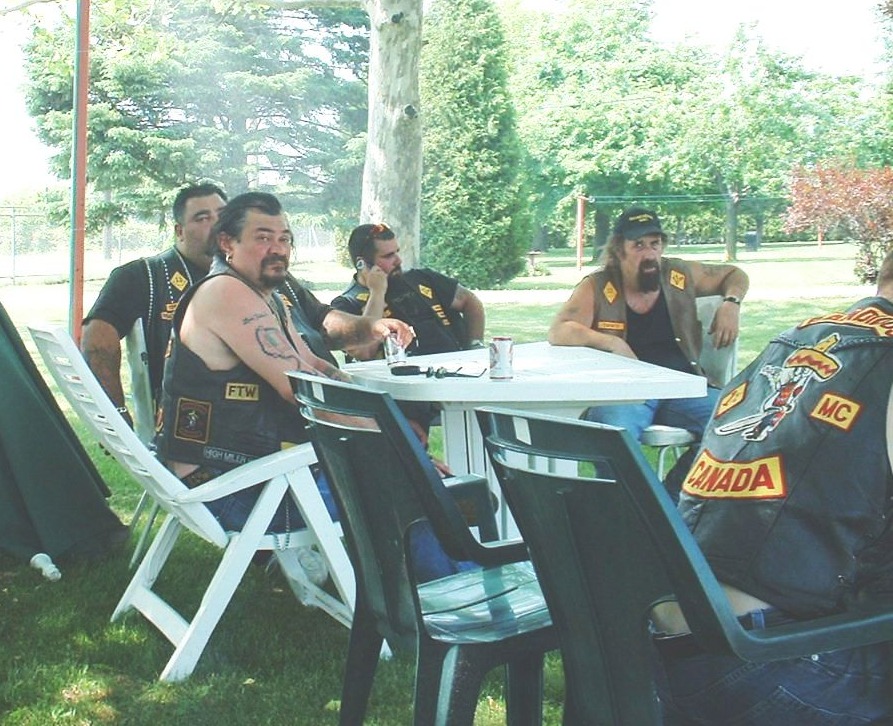


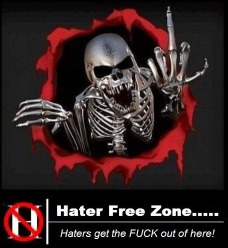
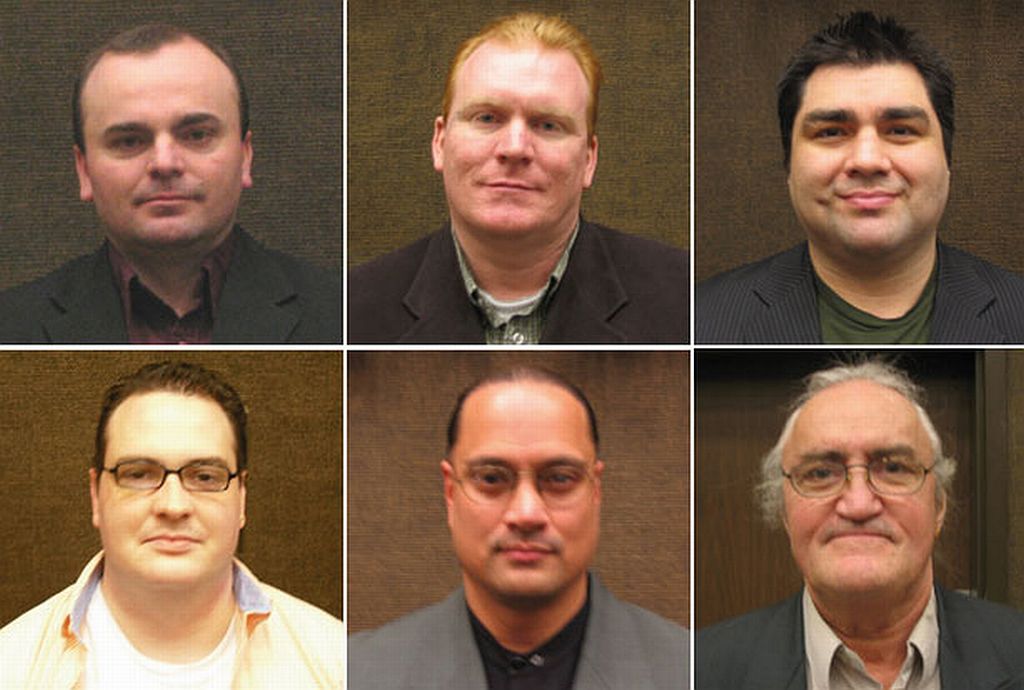

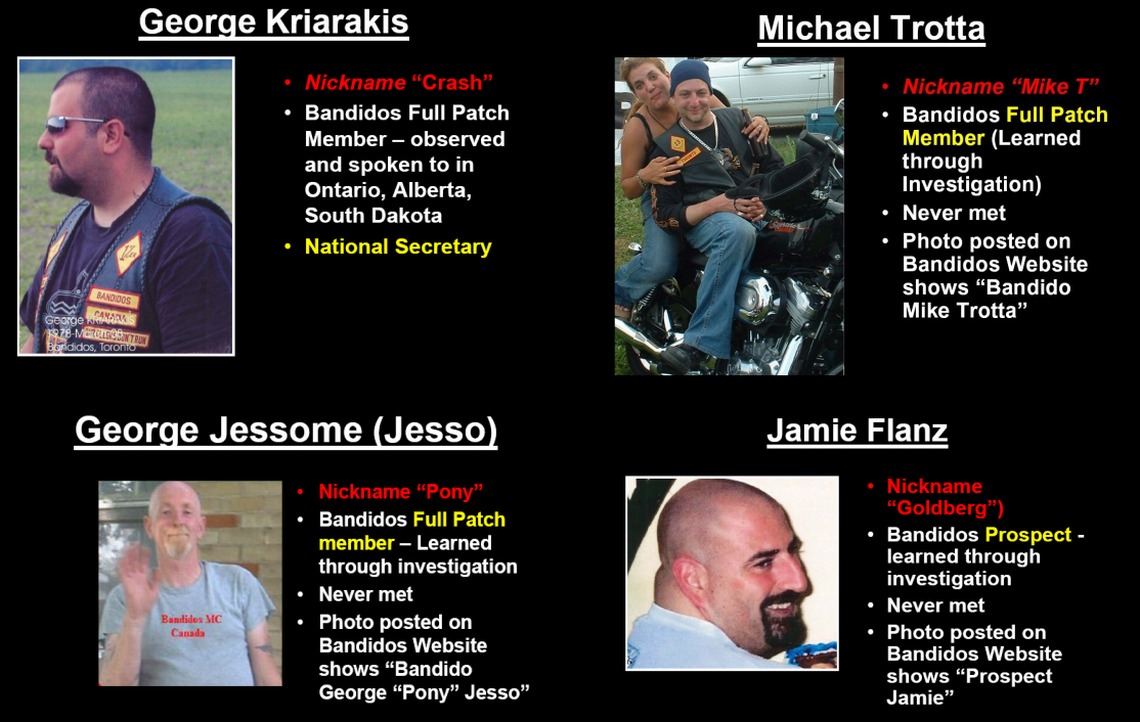


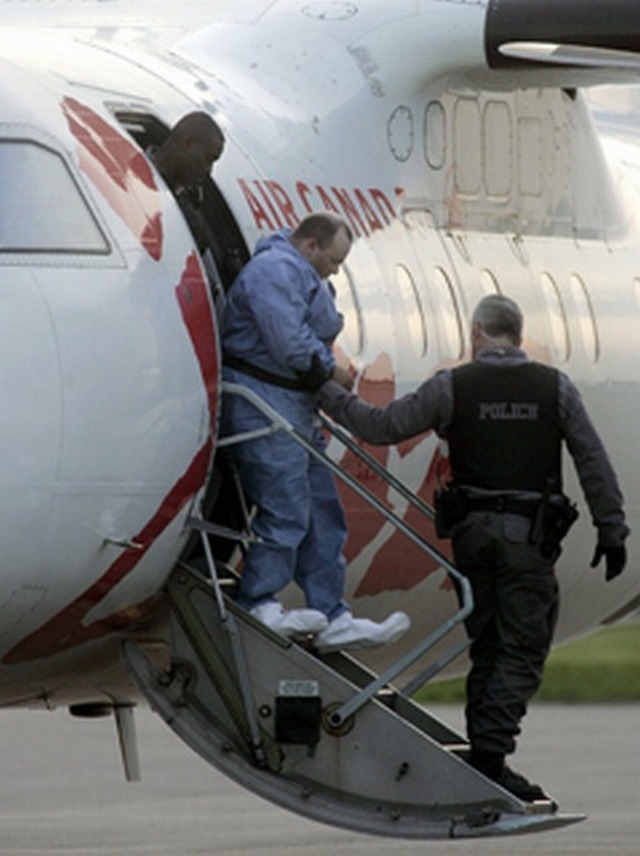

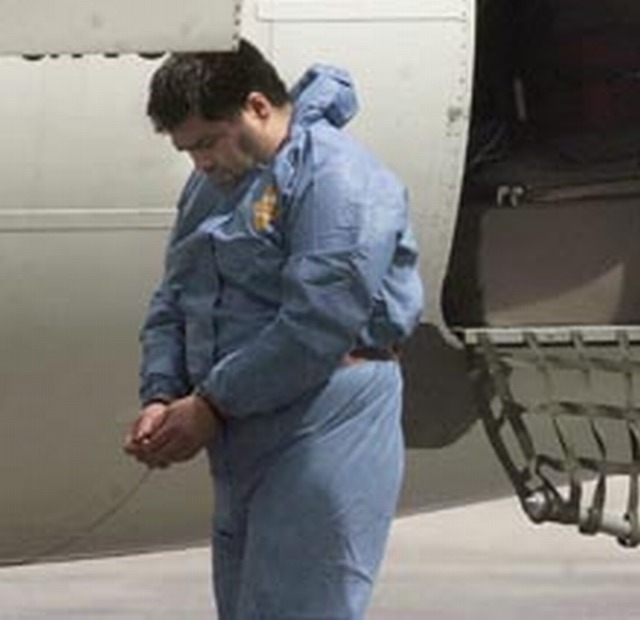
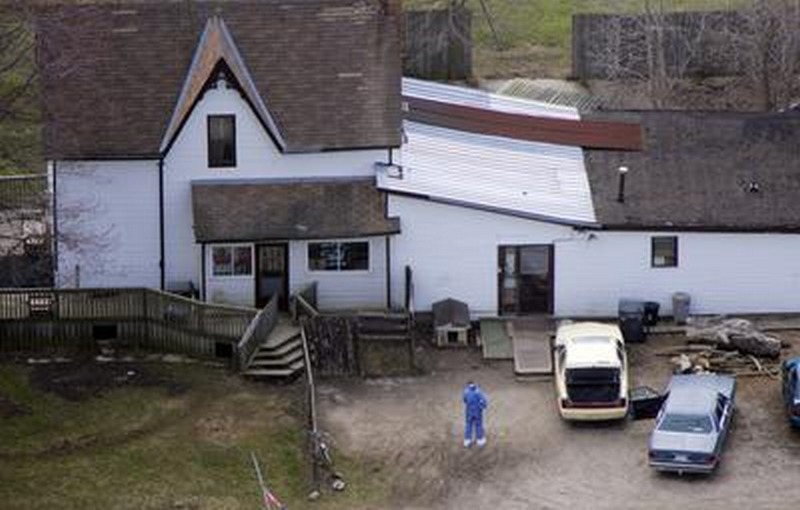
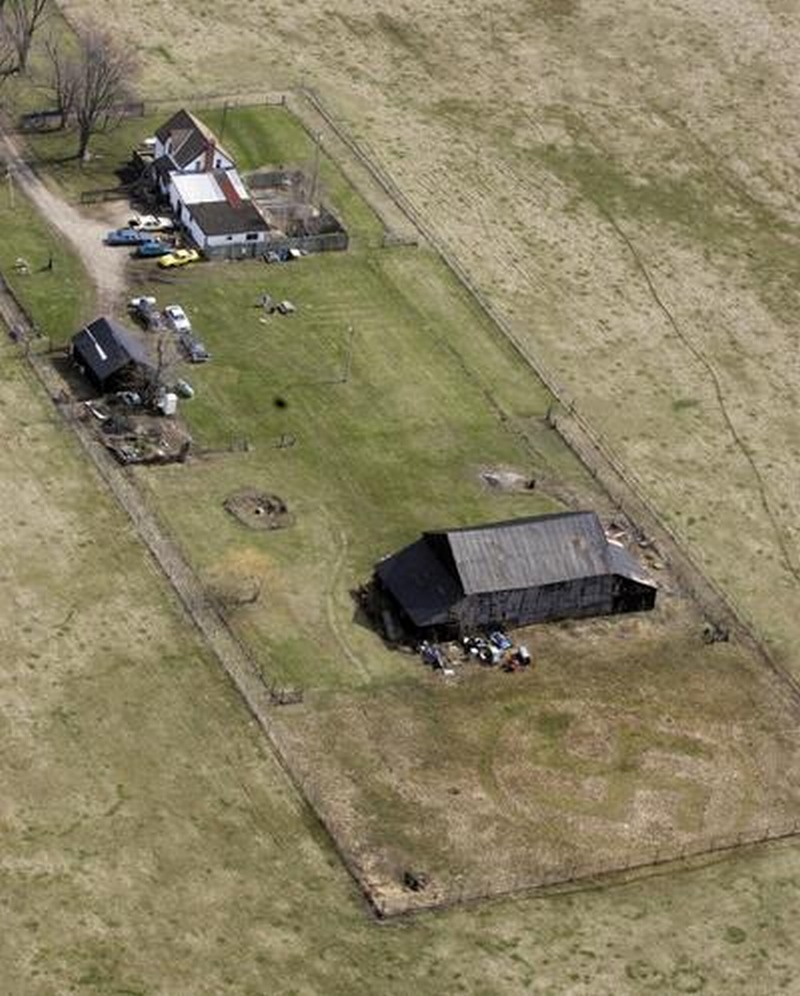



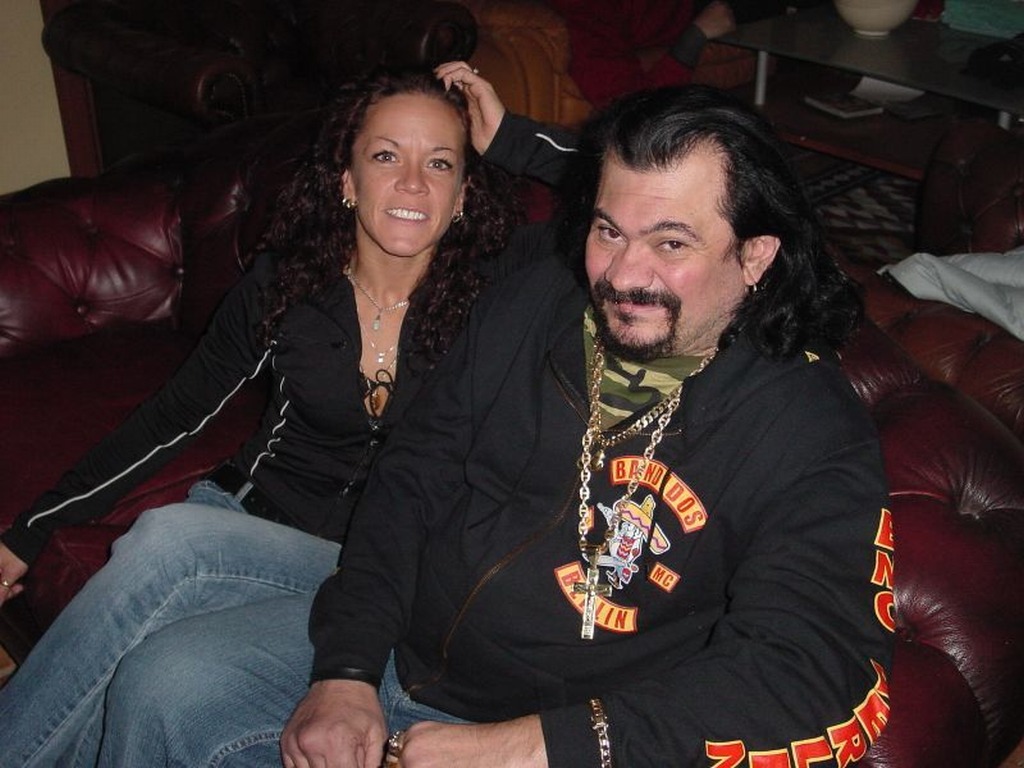
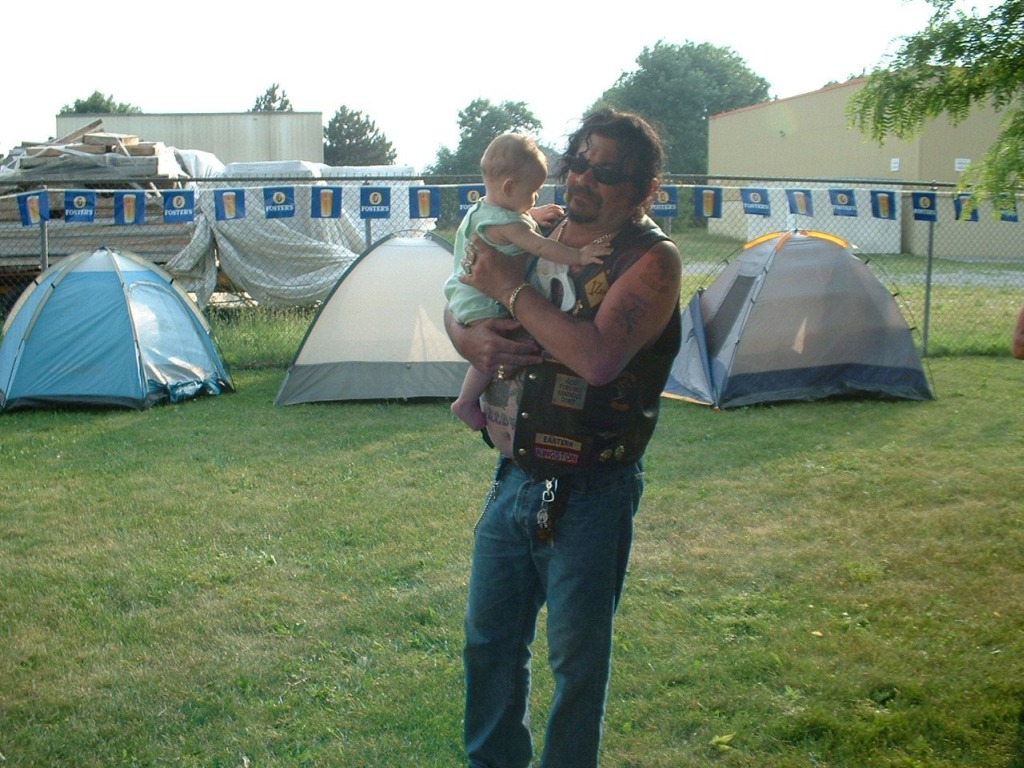
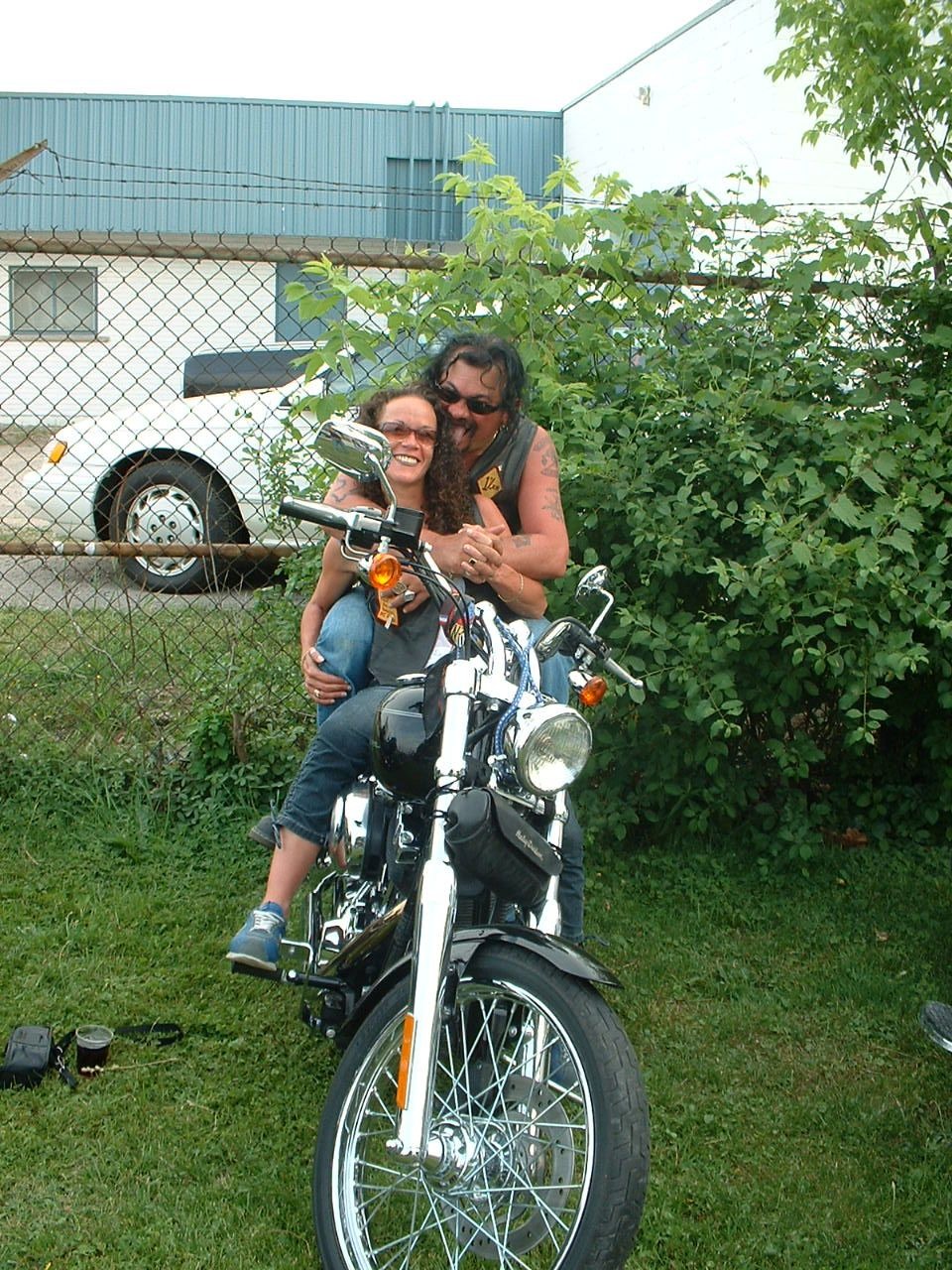


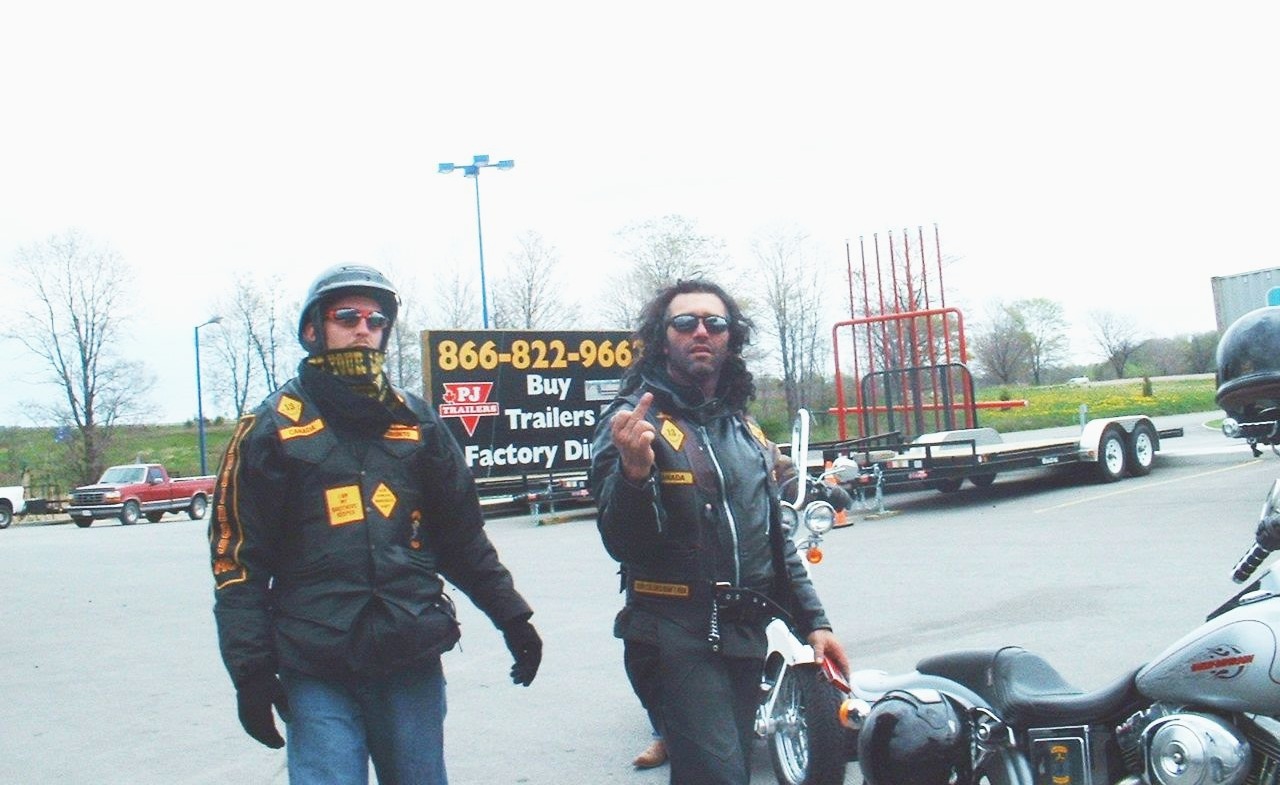

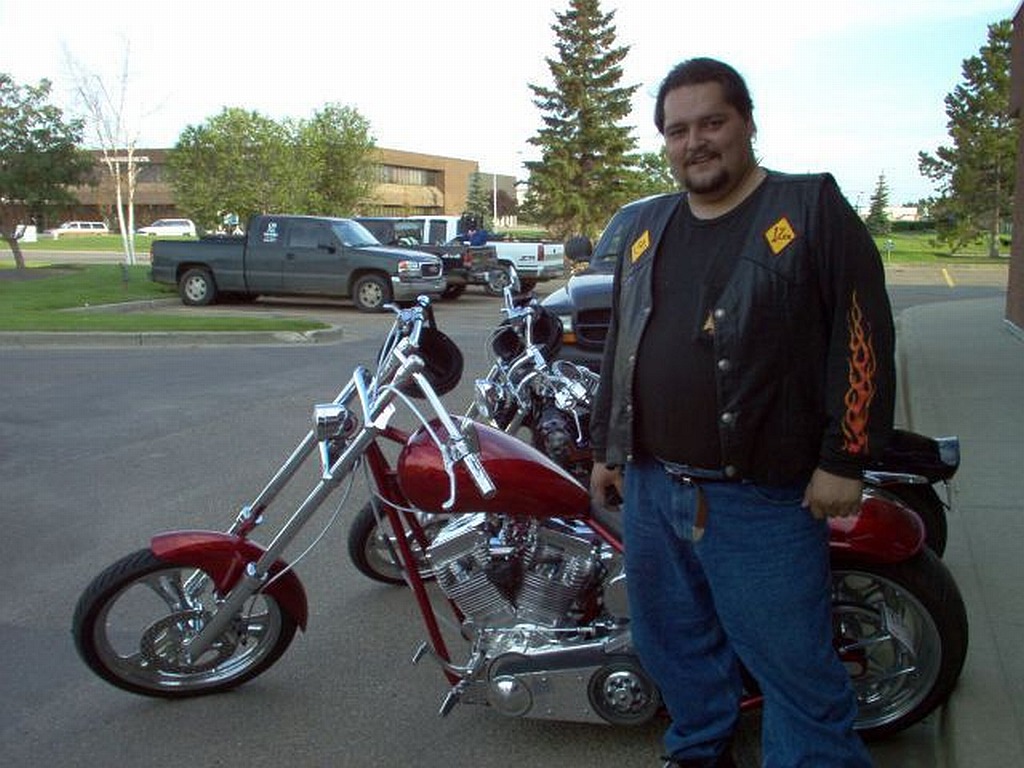
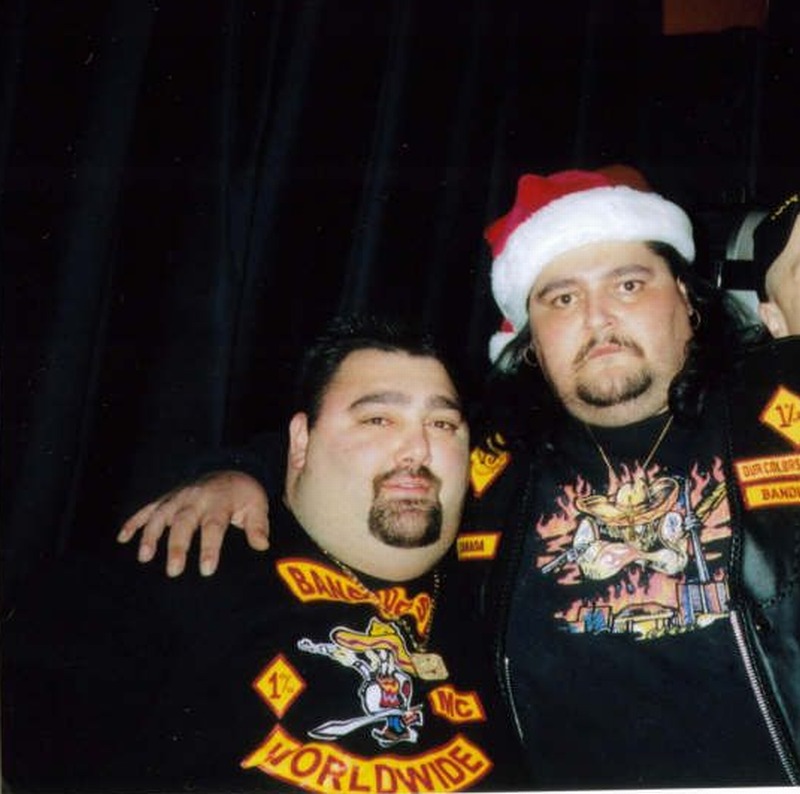


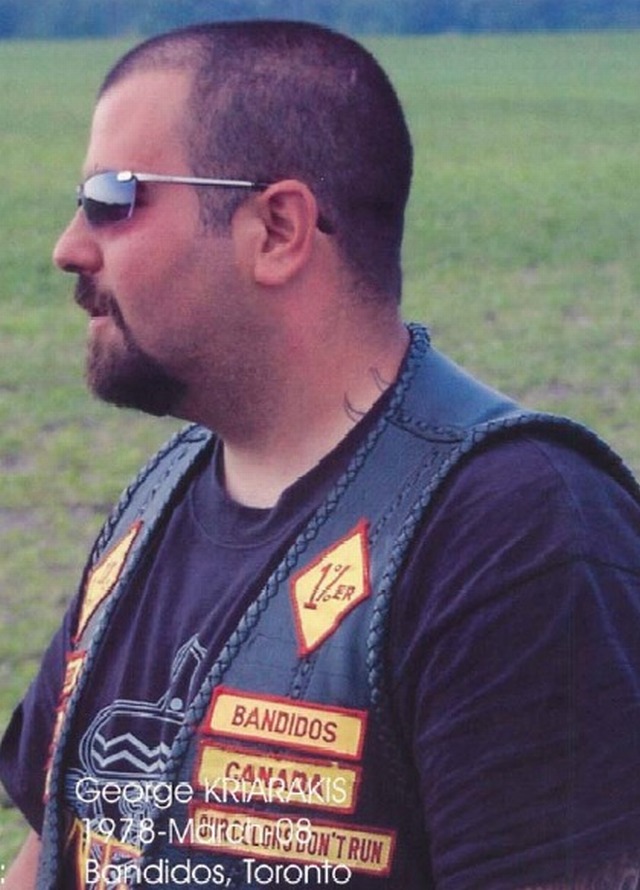
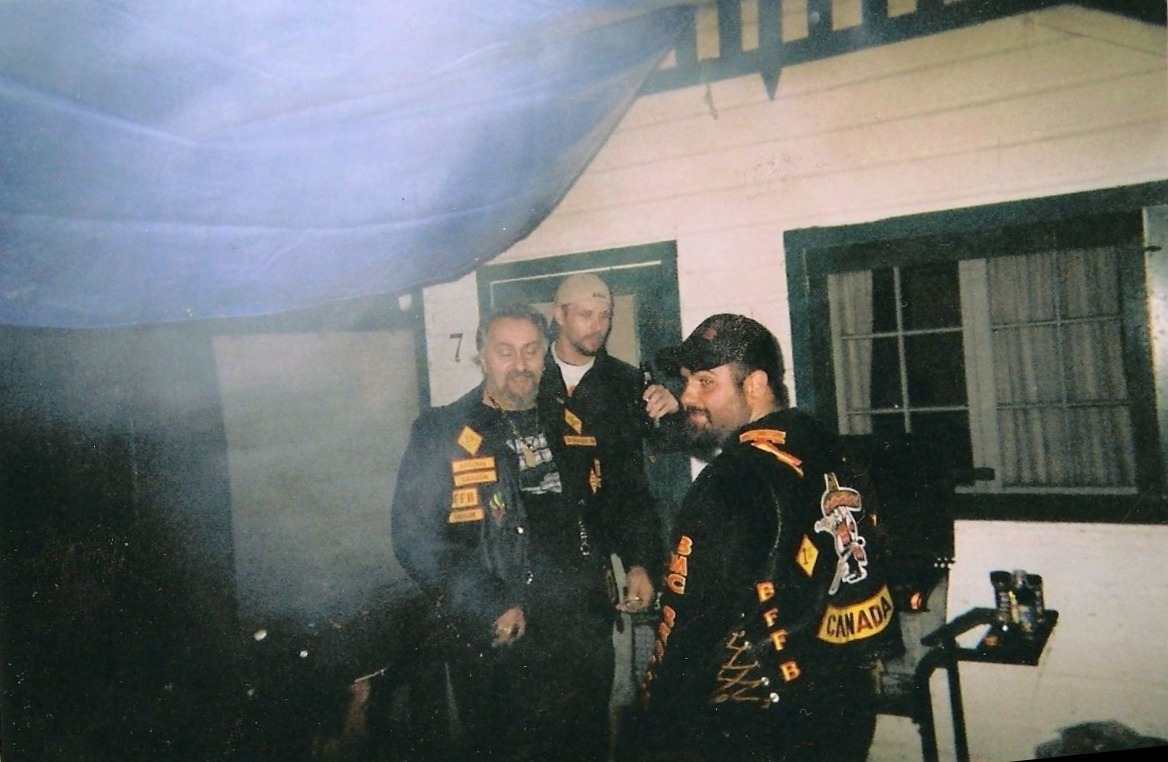
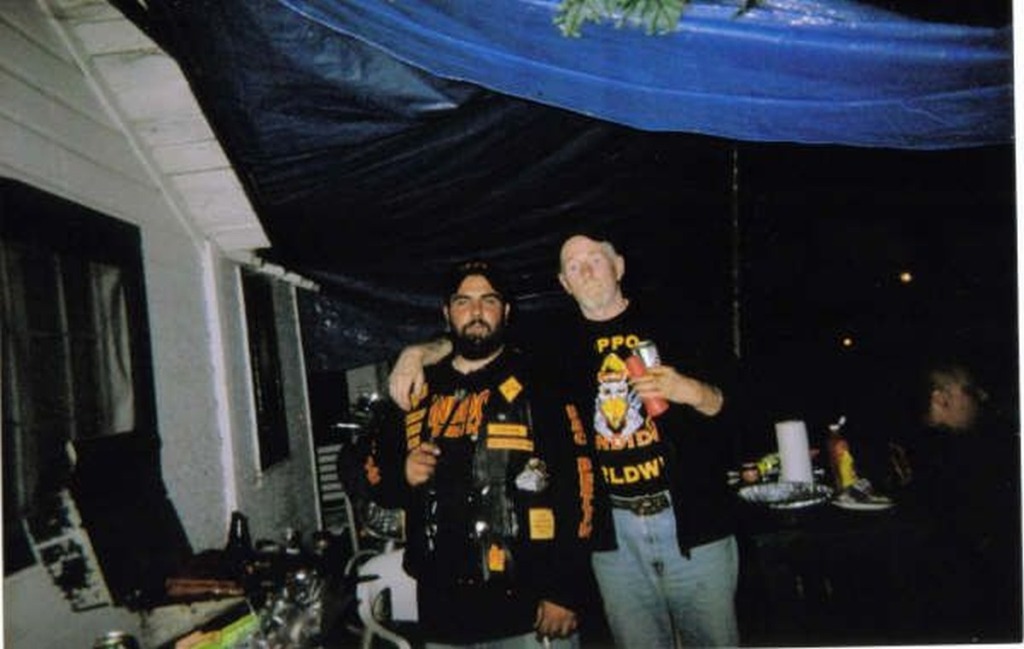
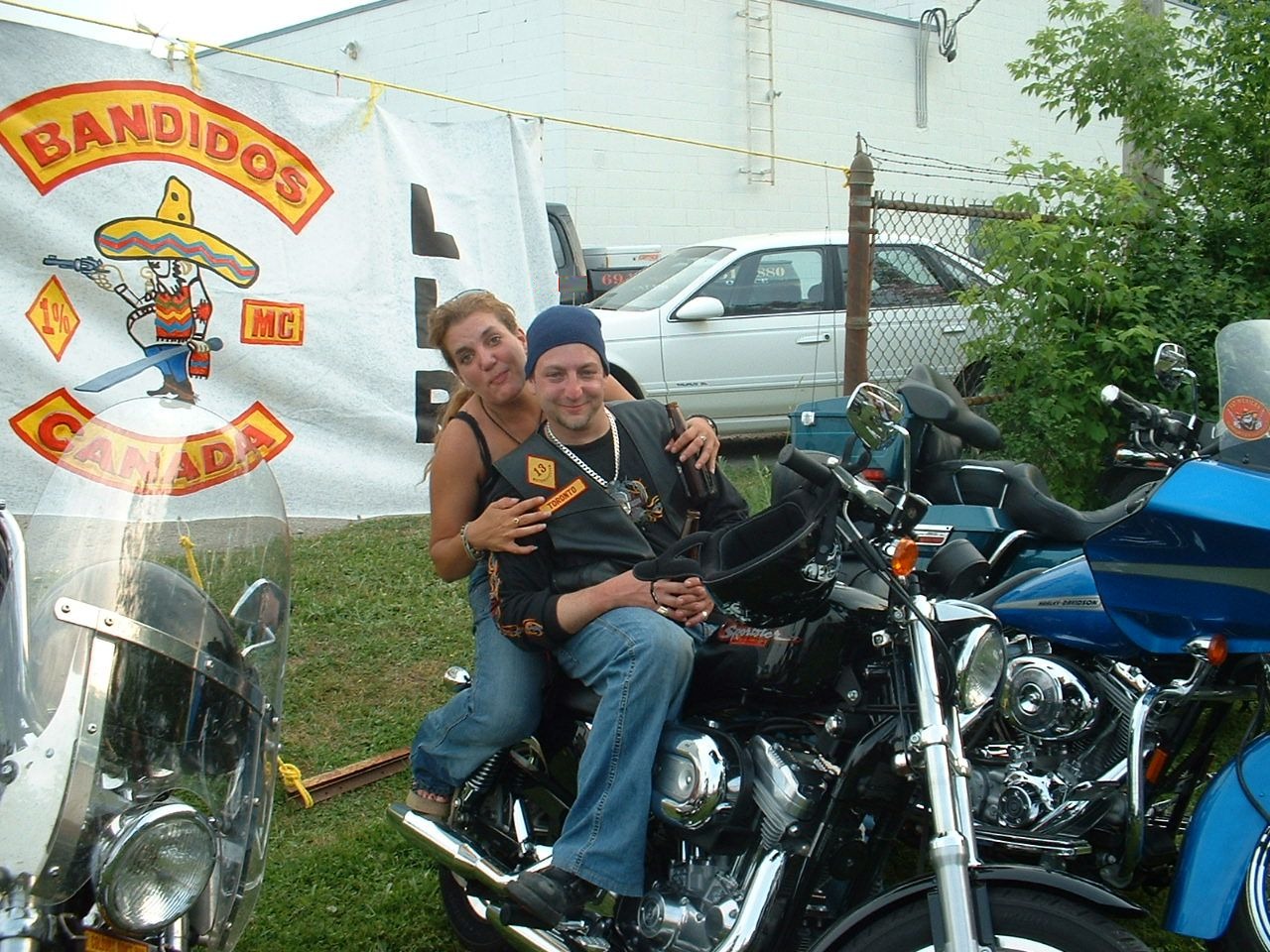
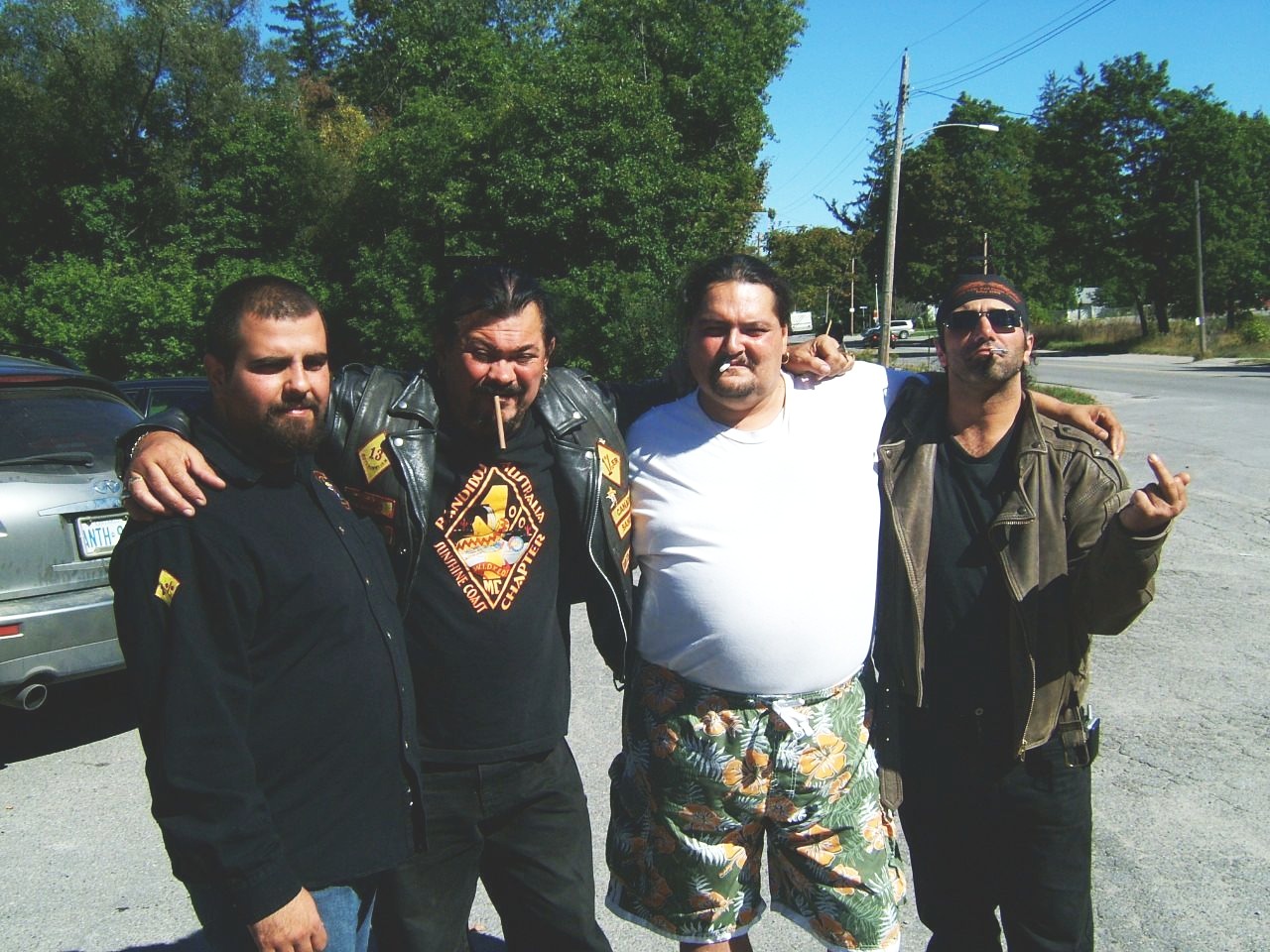
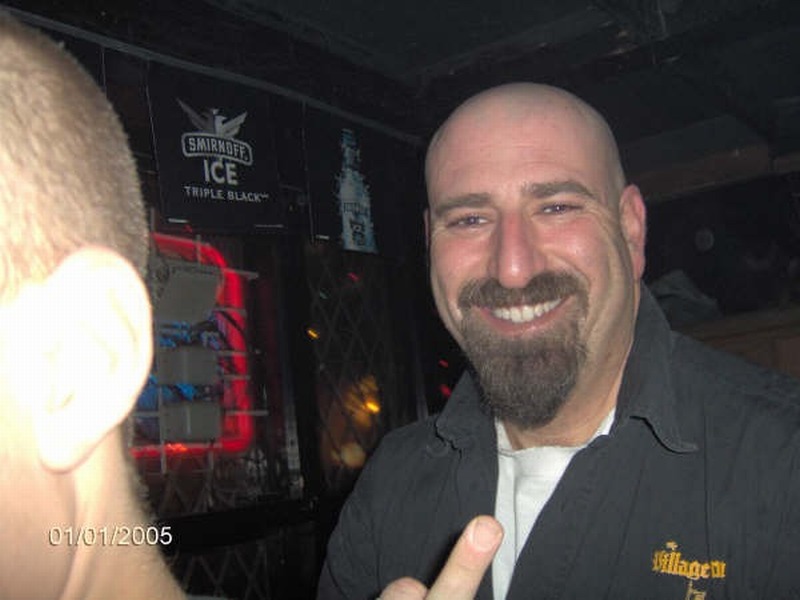
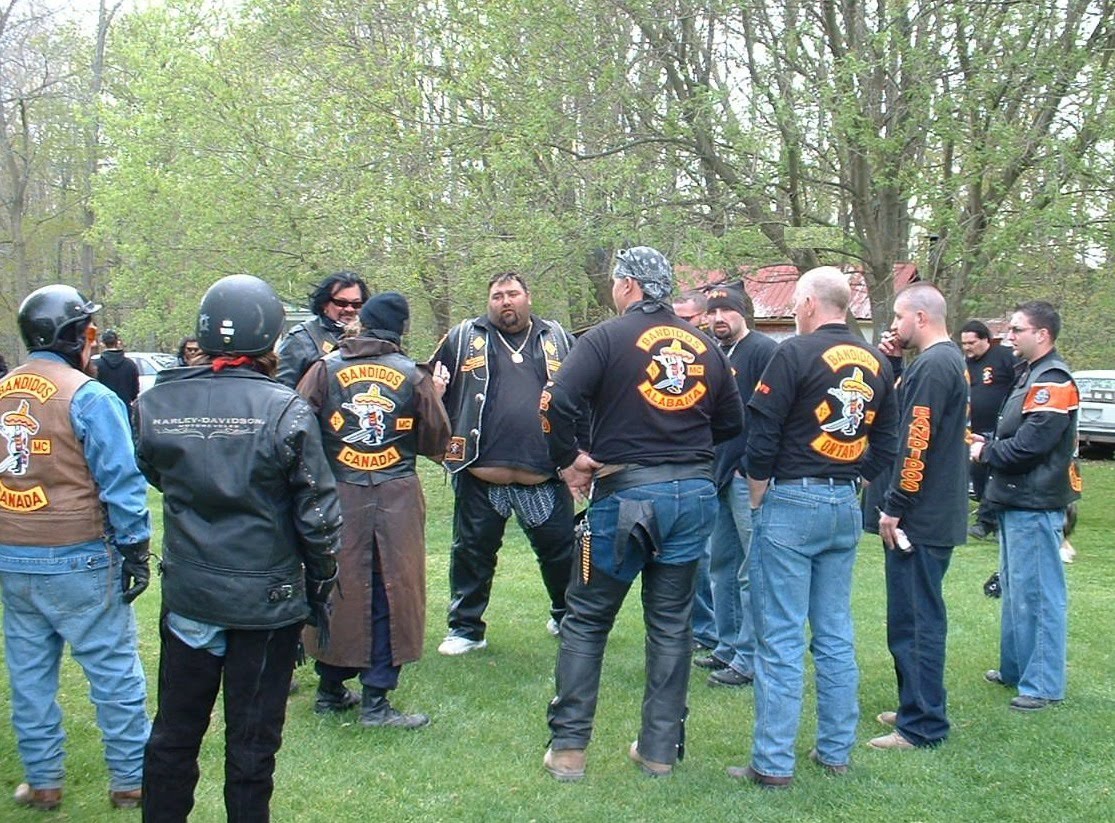



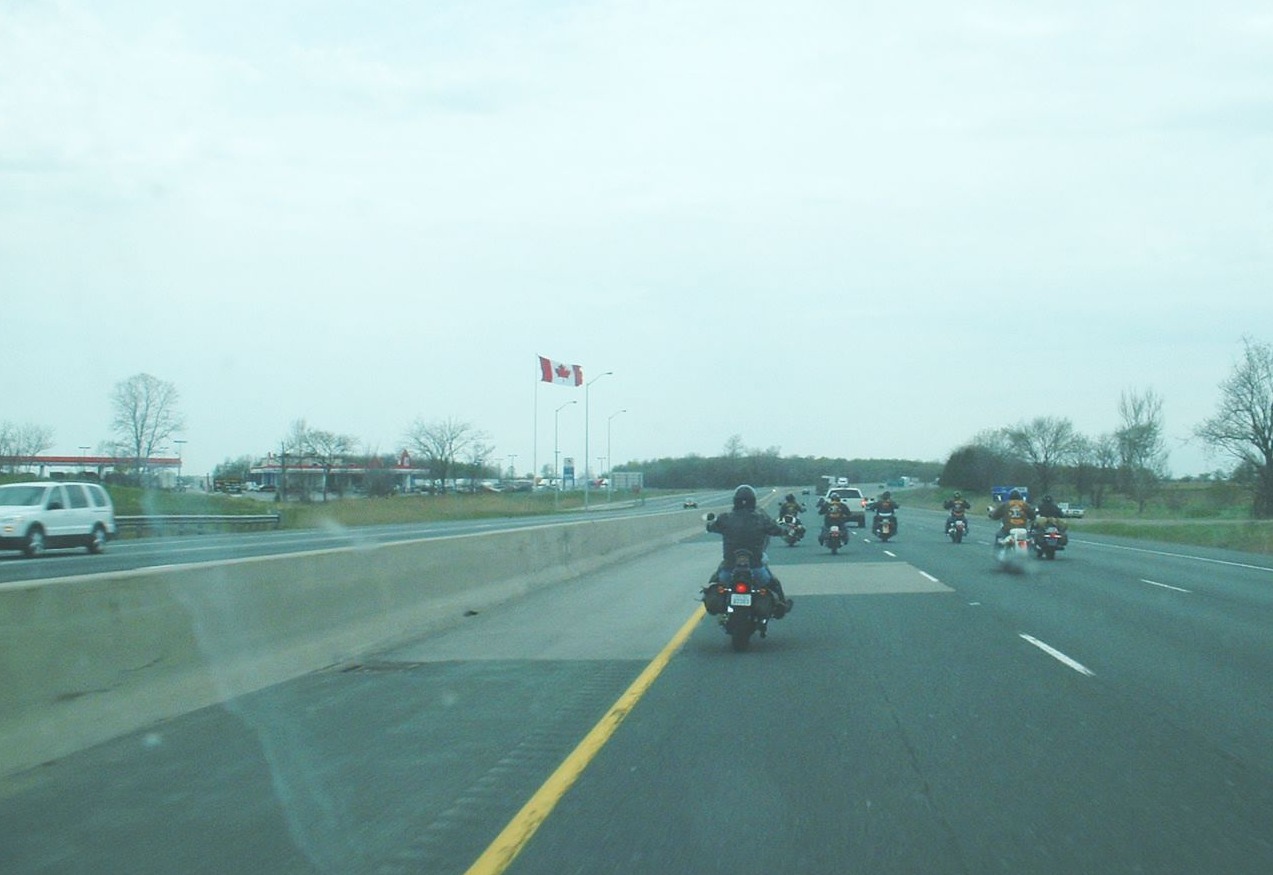








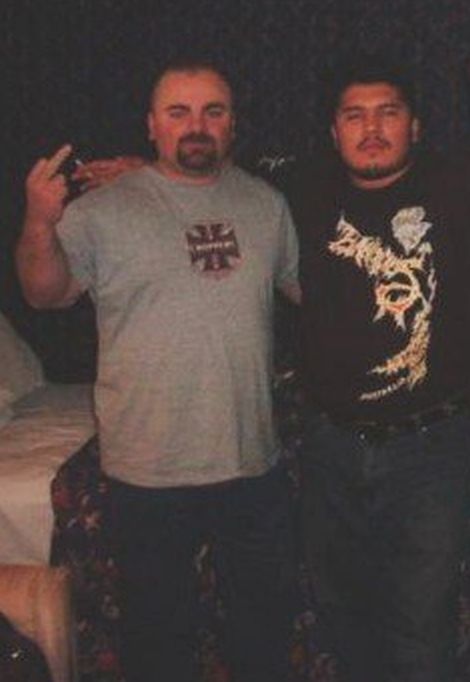





Interesting add to the story. I like what Boxer's Bro had to say.
ReplyDeleteThese victims will always remain in the hearts of their families and friends. As a friend of one of the victims parents my heart goes out to them and I hope that any appeals are short lived. The perpetrators of these grizzly killings deserve everything they get. They definitely do not represent the true meaning or charter of the Bandidos Nation
ReplyDeleteJust finished the book. Very sad story and completely senseless
ReplyDeleteThe really sad thing about all this is that the U.S. National chapter said they knew nothing about the murder of their overseas brothers! How can this be? I thought the National President "El Presidente" Jeff Pike was the clubs leader? Is the Bandido Nation hiarchy that fractured to where the European Bandits just run their own business? Kind of tells me that the European Bandits don't respect Pike or the U.S. Bandits. You would have never seen this blatent, horrific act under the leadership of Don Chambers, Ronnie Hodge, Craig Johnston or James Lang!!
ReplyDeleteSad story of "brotherhood". I dont know how Jeff Pike is still called "El Presidente" of the Bandidos. He should have to answer to his brothers on why he allowed this to happen. We all know that nothing that big will happen without the consent of El Presidente. I believe that the "No Surrender Crew" were just Badass bikers, the way the U.S. used to be and Pike couldn't control them and turn them into pussies like all the U.S. Bandits..sad, very sad!
ReplyDeleteI will keep posting the same comment becuase I think it is an important part to this story! El Presidente, Jeff Pike is just as guilty as that freaking mental case, Kellestine! Pike ordered the hit on the "No Surrender Crew", everyone knows it. No action like this will take place without the El Presidente knowing what is going on. Either Pike told Kellestine to take back the patches by whatever means neccesary or to kill them all for not bowing down to the U.S. and Pike. No matter what...Pike had something to do with these murders!! I appreciate Boxer and his men for being REAL bikers unlike Pike and his boys who have become fat and lazy and more like RUB's than bikers..emabarassing! Someday the truth will come out about the meeting between the U.S. and Canadian Bandits at the Park and Pike will finally have to face his brothers on what he did! This kind of shit would never have been tolerated by "Old school" Bandits! My old friends, please stand up to this Punk running the Club and get things back to the way they are supposed to be..Love, Loyalty & Respect....To ALL bro's!!!
ReplyDeletei think adrian roks was behind this
ReplyDeleteNettopp ferdig med boken. Veldig trist historie og helt meningsløs
ReplyDeletesnekker fredrikstad
^^^ Translated to English - Just finished the book. Very sad story and completely pointless .....
Deletea true story of betrayal...
ReplyDeleteJust read some of this Jeff Pike is a coward and a liar that hides behind the club. If you can even call it a club anymore. Bunch of snitches and bitches.
ReplyDeleteNow the bandidos have split into 2 clubs... The USA bandidos want nothing to do with the European bandidos and went as far as changing their logo they have a completely different patch of the fat Mexican and are calling themselves westernhemisphire bandidos mc while the Europeans remain the same and kept the old logo... I believe it happened on 2011. What a disaster... What surprises me is how there is not much info about this on the internet or on the media...
ReplyDelete